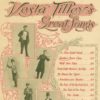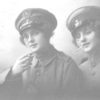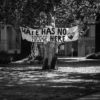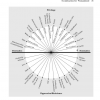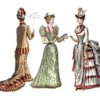Were LGBT Americans welcome in Hollywood during the 1920s and 1930s?
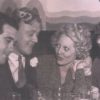
In this lesson, teachers will contextualize the LGBT rights movement by answering the question introduced in the History-Social Science Framework for California Public Schools: “How did various movements for equality build upon one another?” While activists fighting for LGBT rights utilized similar tactics and had some shared goals of those fighting for Civil Rights broadly, LGBT people in racial minority communities faced additional discrimination. Moreover, many fighting for broader Civil Rights did not consider sexual preference or gender identity as apart of their fight. In this lesson, students will explore historical perspectives to determine to what extent the movement for LGBT rights was or was not part of the broader movement for Civil Rights of the 1970s and 1980s. Students will read, annotate and categorize several primary sources to write a short essay describing and supporting their prospective with evidence from the texts.

